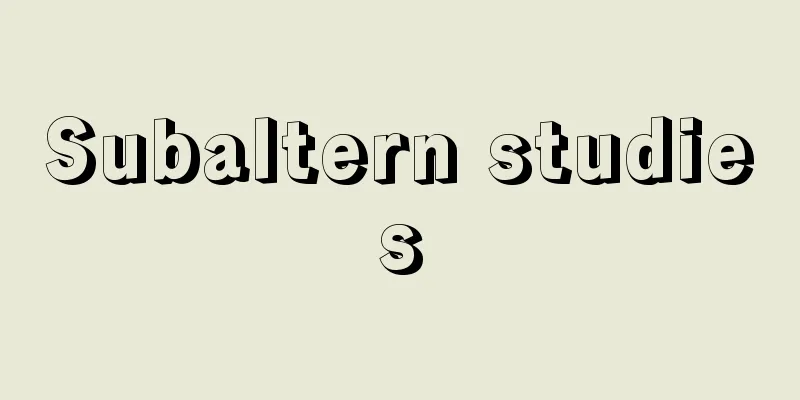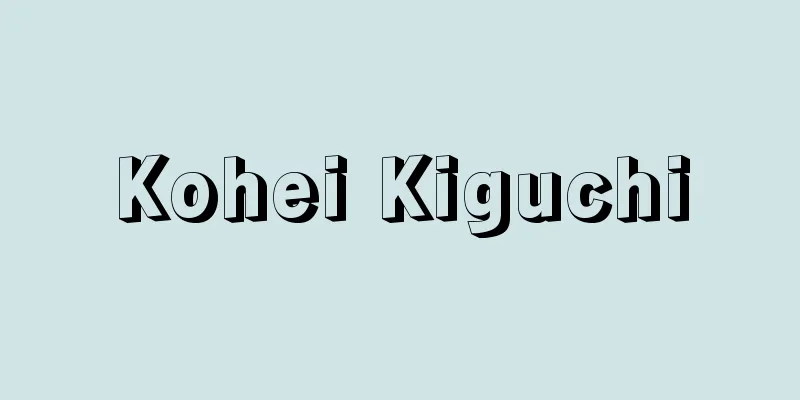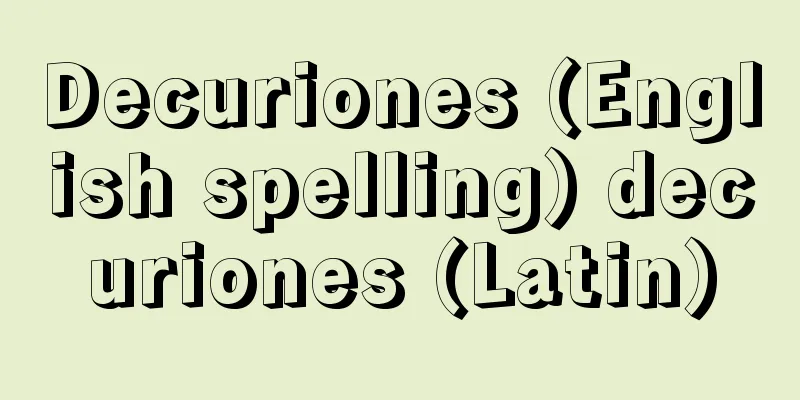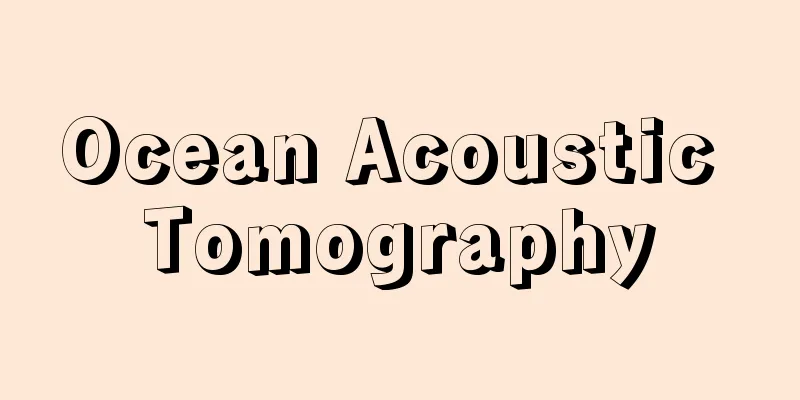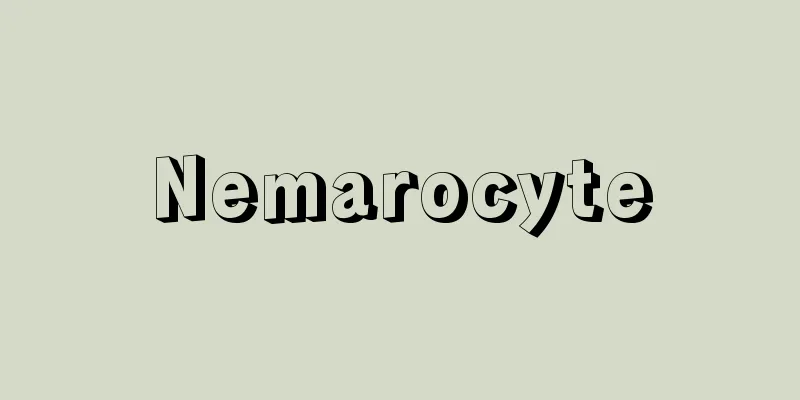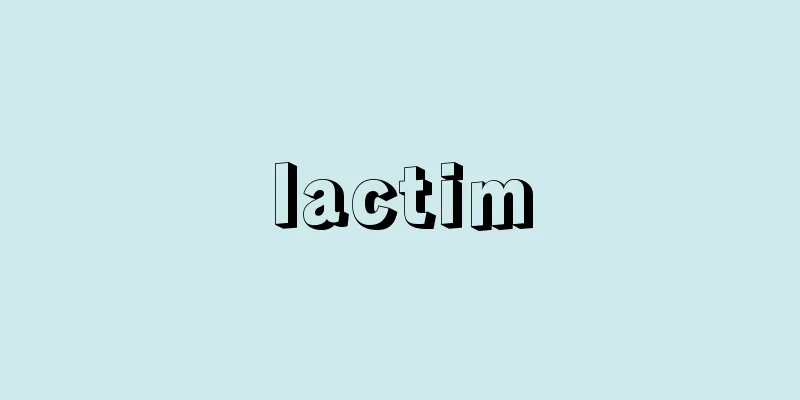Prefix - Set Move

|
Among affixes, those that are added before the base of a word. Although they are usually called "prefixes," they are not independent words, so strictly speaking they should be called "prefixes." Even with this definition, there are cases where it is unclear whether a prefix should be recognized or not, such as the underlined parts of " uchiakeru " and " sashidasu ." In Japanese, prefixes are not very numerous in both variety and quantity, and it can be said that they have little ability to create new words. In both Japanese and English, prefixes generally only add meaning and rarely change grammatical properties, but the underlined parts of "en large, " "en courage," and "dis courage" in English are examples of prefixes that change parts of speech. In Japanese, Japanese-based prefixes had a high ability to create new words in the Nara and Heian periods, but in modern times, they cannot be said to be very productive, except for "o-" and "oo-." In comparison, there are many types of Chinese-based prefixes. According to a survey by the National Institute for Japanese Language and Linguistics, there are as many as 250 one-character Chinese words used as prefixes. In particular, prefixes expressing negation such as "mu-", "fu-", "hi-", and "mi-" are noted for their high ability to create new words. Recently, foreign prefixes such as "anti-", "ultra-", "super-", "no-", and "non-" cannot be ignored. In English, there are approximately 70 prefixes, including Germanic (e.g., a wake, for get), Latin ( ultra -violet, pro logue), and Greek ( auto biography, syn tax), although the number varies slightly depending on the scholar. Of these, approximately 25 have a high ability to create new words even today. [Shigeo Sugiura] [Reference] | |Source: Shogakukan Encyclopedia Nipponica About Encyclopedia Nipponica Information | Legend |
|
接辞のうち、語基の前に添加されるもの。通常「接頭語」とよばれるが、これは独立の語ではないので、厳密には「接頭辞」とよぶほうがよい。このように定義しても、「うち明ける」「さし出す」の下線部のように、接頭語と認めるべきか否か、判然としない場合がおこりうる。日本語では、種類、量ともあまり多くはなく、接頭語の造語力は乏しいということができる。日本語、英語を通して、接頭語は一般に意味を添えるだけで、文法上の性質を変えることは少ないが、英語の enlarge, encourage, discourageの下線部は、品詞を変えている例である。日本語では、和語系の接頭語は、奈良時代や平安時代には造語力が高かったが、現代では、「お―」「おお―」などを除けば、生産力が強いとはいえない。それに比べて、漢語系のものは種類が多い。国立国語研究所の調査では、接頭語的に用いられた一字漢語は250種類もあるという。とくに、否定を表す「無―」「不―」「非―」「未―」などは、造語力が高い点で注目される。最近では、「アンチ―」「ウルトラ―」「スーパー―」「ノー―」「ノン―」などの外来系の接頭語も無視することはできない。英語では、ゲルマン系(たとえば、awake, forget)、ラテン系(ultra-violet, prologue)、ギリシア系(autobiography, syntax)を含めて、学者により若干の異なりがあるが、約70種類の接頭語があるとされている。このうち、今日でも高い造語力を備えているものは約25種類である。 [杉浦茂夫] [参照項目] | |出典 小学館 日本大百科全書(ニッポニカ)日本大百科全書(ニッポニカ)について 情報 | 凡例 |
Recommend
Anglo-Norman
… [Intermediate species] A classification unique ...
Liaodong Province - Liao Dong Province (English spelling)
The former name of a province in China. It was est...
Trieste - Torieste (English spelling)
The capital of the Friuli-Venezia Giulia region i...
Tarkovskii, A.
...The rise of literary films was also a notable ...
Amphibolurus barbatus; bearded lizard; Jew lizard
A member of the Agamidae family of the order Lacer...
Japan Overseas Emigration Agency
An organization that promotes overseas migration (...
Abruzzi (region)
A central Italian region facing the Adriatic Sea. ...
Nūr al-Din 'Abd al-Ramān Jāmī
Persian poet and mystic. Born in Jam in the Khora...
Naniwabushi - Naniwabushi
Also called Rokyoku, it is a storytelling art wit...
Isthmia Festival - Isthmia Festival
…Abbreviation for the Olympic Games. In Japan, it...
Kinoshita Junan
A Confucian scholar in the early Edo period. Born...
Innocent Cemetery - Inosanbochi
...On the other hand, in Western Europe, the skul...
Tricyrtis nana (English spelling)
…[Hiroshi Takahashi]. … *Some of the terminology ...
Nakahechi [town] - Nakahechi
A former town in Nishimuro County, central Wakayam...
Chevalier
...By the way, a four-horse chariot is written as...


